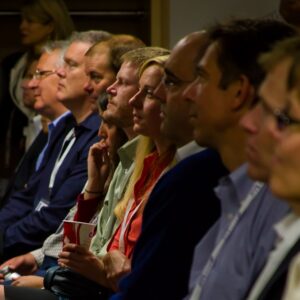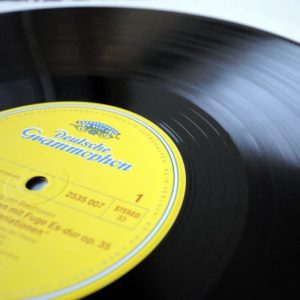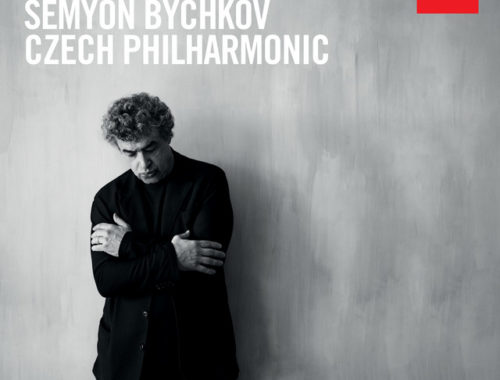GRAMOPHONE: From Where I Sit – January 2021
 During the best part of the last year we’ve come to appreciate, indeed rely upon, the technology, endeavour, and resource that has kept the music coming through lockdown after lockdown and seen a comparatively new phrase become commonplace in our vocabulary: ‘live streaming’. We’ve sat in front of our devices and seen as well as heard musicians doing what they were born to do – making music – and we’ve used our imaginations to put us ‘in the room where it happens’ hoping against hope that some of our appreciation, our emotional feedback, would reach those musicians by some kind of mystical osmosis.
During the best part of the last year we’ve come to appreciate, indeed rely upon, the technology, endeavour, and resource that has kept the music coming through lockdown after lockdown and seen a comparatively new phrase become commonplace in our vocabulary: ‘live streaming’. We’ve sat in front of our devices and seen as well as heard musicians doing what they were born to do – making music – and we’ve used our imaginations to put us ‘in the room where it happens’ hoping against hope that some of our appreciation, our emotional feedback, would reach those musicians by some kind of mystical osmosis.
I myself have now experienced life at the ‘performing end’ of live streaming from the stage of the Chichester Festival Theatre where a short series of scheduled conversations were suddenly robbed of their live audience. And the strangeness of it got me thinking once again about that very special relationship – a tacit complicity – that exists between performers and those who actively watch and listen to their work. The word ‘actively’ is important here because being an observer is hardly a passive pursuit – or shouldn’t be. It probably doesn’t need saying again but audiences don’t realise how important they are. Just how important can only be gauged when they are not there.
It isn’t just a case of the atmosphere that concentrated listening can engender in a venue but also how the way people listen can dramatically affect the evolution of a performance lending it an indefinable but tangible tension. In the many interviews with musicians that I have done over the years it’s a topic that comes up again and again. It’s something that is felt and experienced and impossible to define but the way an audience silently responds to a performance feeds directly back into it. And any musician will tell you that a restless and/or distracted audience can suck the lifeblood from the music making no matter how accomplished it is.
Some artists – especially conductors – bring their own reputation and charisma – and in turn atmosphere – to a venue from the moment they step on to the podium. A Karajan, a Bernstein, or an Abbado would come with their own unique aura. They would change the way the air moved in the room and audiences would respond in kind by listening more intently. We’ve all experienced performances that were so lived ‘in the moment’ that maybe, just maybe, they weren’t destined for repeated listening. I think of the now notorious Bernstein account of the Tchaikovsky Pathétique with the New York Philharmonic where the final adagio comes in at almost twice the length of any other recorded performance. I’ve spoken to string players who were a part of that performance and not one of them remembered it feeling slow. I doubt the audience present on that occasion did either.
Many readers will remember the now legendary 2009 Claudio Abbado performance of Mahler’s Ninth Symphony at Lucerne with the Lucerne Festival Orchestra where the full five minutes of breathless silence coming in its wake suggested more potently than any sound could that eternity had truly been glimpsed. The audience filled that silence as surely as the musicians.
You May Also Like

Let the Sunshine In
15/04/2010
GRAMOPHONE: From Where I Sit – February 2018
28/02/2018

